In August 2024, India marked its Independence Day by adding three new Ramsar sites, taking the total of such sites in the country to 85, covering an area of more than 13,500 square km.
Two new additions are made in the southern Indian state, Tamil Nadu – the Nanjarayan Bird Sanctuary and the Kazhuveli Bird Sanctuary, and the third one Tawa Reservoir is in Madhya Pradesh.
As of October 2024, India is in the third rank in terms of the number of Ramsar sites, whereas the United Kingdom tops the list with 175 Ramsar sites followed by Mexico with 142 sites. China and Spain are fourth and fifth respectively.
The world’s first Ramsar site was designated in 1974 in the Cobourg Peninsula in Australia and as of now the largest site is Rio Negro in Brazil, covering an area of 120,000 square kilometres.
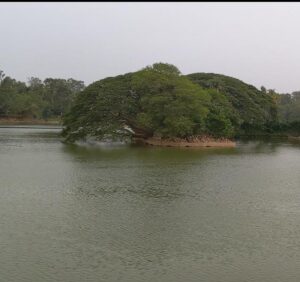
What is Ramsar Sites
The designation of a wetland as a Ramsar site underscores its importance and significance to the ecosystem. The concept was developed after the Ramsar Convention, an intergovernmental treaty signed in 1971 in Ramsar, Iran.
The Ramsar convention has been a landmark in raising awareness around wetland ecosystems. It encourages the protection and conservation of wetlands worldwide by designating them as such.
“The Convention uses a broad definition of wetlands. This includes all lakes and rivers, underground aquifers, swamps and marshes, wet grasslands, peatlands, oases, estuaries, deltas and tidal flats, mangroves and other coastal areas, coral reefs, and all human-made sites such as fish ponds, rice paddies, reservoirs and salt pans.”
A key commitment of the Convention is to identify and place suitable wetlands onto the “List of Wetlands of International Importance, also known as the Ramsar List.”
The selection and designation of Ramsar sites is based on criteria defined under the convention. For example, “A wetland should be considered internationally important if it supports plant and/or animal species at a critical stage in their life cycles, or provides refuge during adverse conditions.”
There are over 2,400 Ramsar Sites on the territories of 172 Convention Contracting Parties across the world, covering more than 2.5 million square kilometres.
The Ramsar Convention works closely with international organization partners, like BirdLife International, the International Union for Conservation of Nature (IUCN), the International Water Management Institute (IWMI), Wetlands International, WWF International and Wildfowl & Wetlands Trust (WWT).
World Wetlands Day
World Wetlands Day is celebrated on 2 February marking the convention’s adoption on the same date. The day is established to raise awareness about the value of wetlands for people and the planet.
The first World Wetlands Day was established on 2nd February 1997 and its significance has grown since then.

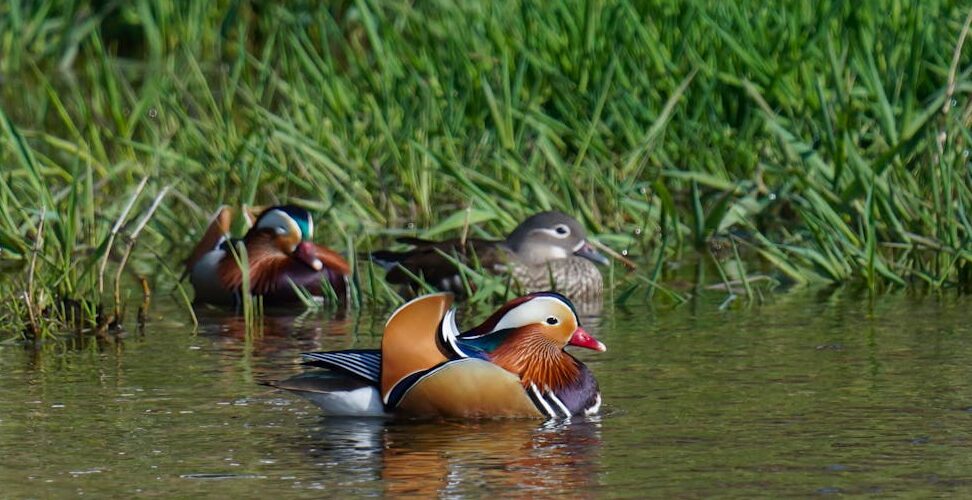
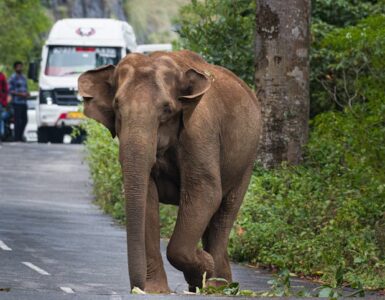
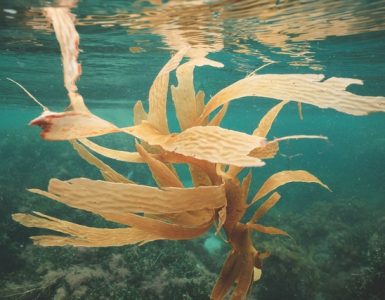
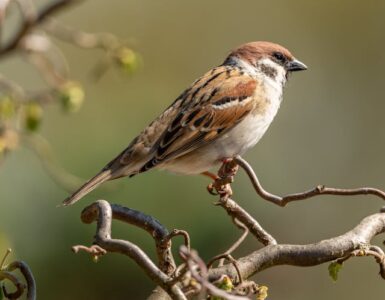

Add comment